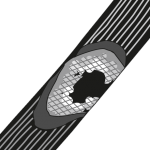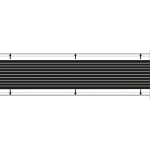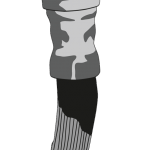Use these sight and touch cues to know when it’s time to replace your brake hoses.
The most effective way to look and feel for faulty brake lines is to check them under extreme pressure. Hoses must be in good condition to handle the sudden stress of emergency situations. For this reason, you should simulate hard braking when assessing their condition.
Begin brake line tests by
- Running the engine for maximum boost
- Pumping the brake pedal while someone else inspects the hoses
If you notice any of the following visual and textural deficiencies, the hoses are unsafe and need to be replaced. Brake hoses on a vehicle tend to deteriorate at the same rate. If one hose is found to be unreliable, all hoses should be replaced.
What to look for

Cracks seen in the outer skin of the hose when bent

Damage caused on the skin of the hose by rubbing

Any swelling in the hose such as bubbles or blisters

Obvious visual expansion of the hose

Wet stains where the hose is starting to leak

Instances where the lay line on the hose is twisted
What to feel for
For touch tests, it is best to compare the hose on your vehicle to a new hose. A hose in good condition will not…
- be hard and stiff
- be soft and weak
- expand under pressure
If one hose shows any sign of these conditions in comparison to the new hose, all hoses on the vehicle should be changed.
Contact a BrakeQuip dealer to replace faulty brake lines today.
